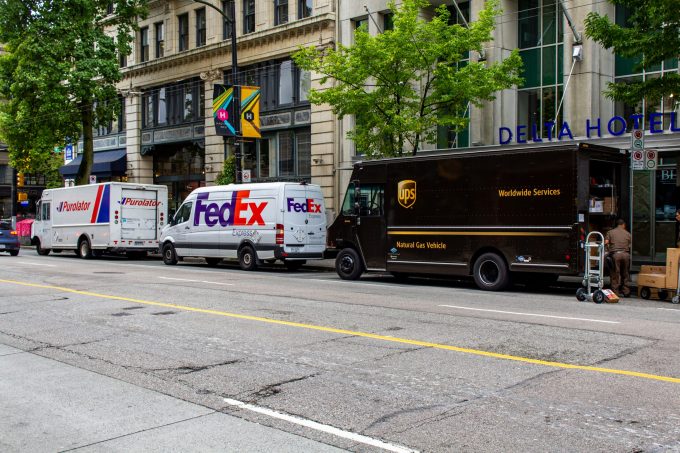Shippers snap up airfreight capacity to US ahead of tariff deadline
Shippers are snapping up air charter capacity as they look to rush goods from all ...

UPS is first out of the gates in announcing surcharges for the coming peak season – and its plans are ominous for shippers.
The integrator’s surcharges significantly exceed peak 2023 levels: it has introduced a second demand surcharge for customers that ship over 20,000 packages in a week, which ranges from $1.50-$8.25, on top of the basic demand surcharge of between $0.25 and $2.
For additional handling, customers pay between $7.95 and $9.25, up from $6.90 ...
'Disastrous' DSV-Schenker merger would 'disrupt European haulage market'
New senior management for DSV as it readies for DB Schenker takeover
Volumes set to 'fall off a cliff' as US firms hit the brakes on sourcing and bookings
Asian exporters scramble for ships and boxes to beat 90-day tariff pause
Amazon pushes into LTL for small package fulfilment and UPS does a u-turn
Temporary tariff relief brings on early transpacific peak season
Pre-tariff rush of goods from US to China sees air rates soar, but not for long
Forwarders 'allowing the fox into the chicken run' by supporting 'hungry' carriers

Comment on this article